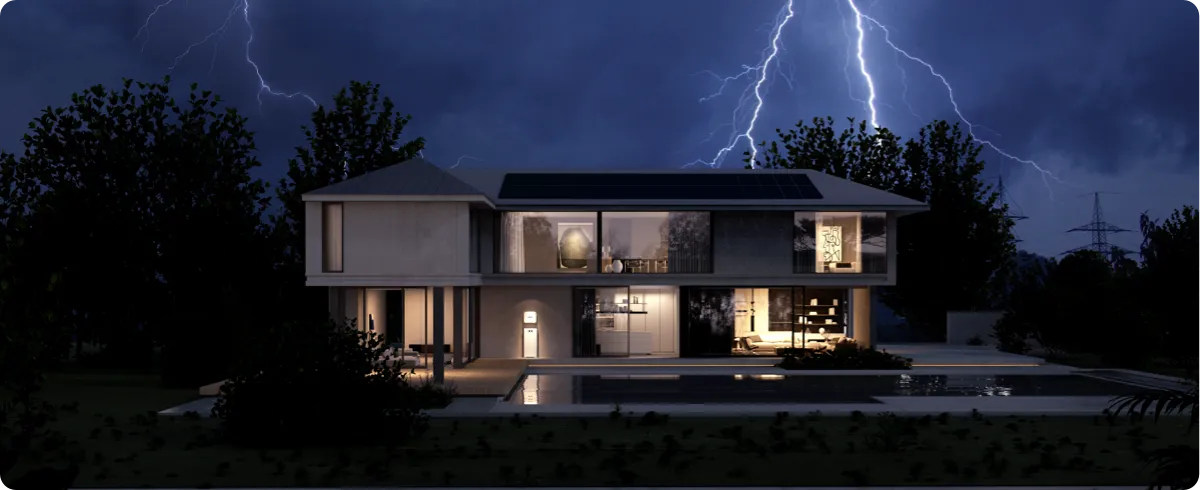residential solar panel cost
Understanding the Cost of Residential Solar Panels
In recent years, the popularity of residential solar panels has surged, driven by an increasing awareness of environmental issues and a desire for energy independence. However, potential buyers often find themselves grappling with the cost of installing solar panels on their homes. The total expense associated with residential solar installations can vary widely based on a multitude of factors, including the size of the system, the technology used, installation costs, and local incentives. This article aims to provide a comprehensive overview of these elements to help homeowners understand the costs associated with residential solar panel installation.
Initial Costs and System Size
The upfront cost of installing solar panels is one of the most critical factors to consider. On average, as of late 2023, the cost of solar panel systems in the United States ranges from $15,000 to $25,000 before any incentives or tax credits. This range can change based on the size of the system measured in kilowatts (kW). Most residential installations fall between 4 kW to 10 kW, with larger systems appropriate for homes with higher energy consumption.
When calculating the cost, homeowners should consider not just the panels themselves but also the inverter—the device that converts the direct current (DC) produced by the panels into alternating current (AC) used in homes. Additional costs might include installation, wiring, and permits, which can add $2,000 to $10,000 to the overall expense.
Type of Solar Technology
The type of solar panels chosen significantly impacts the overall costs. There are primarily two types of solar panels available monocrystalline and polycrystalline.
- Monocrystalline panels are known for their high efficiency and durability but tend to be more expensive, costing around $1 to $1.50 per watt. - Polycrystalline panels, while less efficient and slightly larger than their monocrystalline counterparts, are generally cheaper, often priced between $0.90 and $1.20 per watt.
Additionally, newer technologies such as building-integrated photovoltaics (BIPV) may offer aesthetic benefits, as they can be integrated into roofing materials. However, BIPV systems typically come at a premium price when compared to traditional solar panels.
Installation Costs
residential solar panel cost

Installation expenses can vary based on location, the complexity of the installation, and the expertise of the solar installer. On average, labor costs account for around 15% to 20% of the total price. More complex installations, such as those on roofs with steep pitches or multiple angles, may incur higher labor costs.
Moreover, the geographical location plays a significant role in installation costs; areas with a higher cost of living generally have more expensive installation services. Additionally, some regions may have unique building codes or permitting processes that can add time and cost to the installation process.
Incentives and Financing Options
To mitigate the high upfront costs, many homeowners can take advantage of various financial incentives. The federal solar tax credit, introduced by the Energy Policy Act of 2005, allows homeowners to deduct a significant percentage of their solar installation costs from their federal taxes. As of 2023, this credit is set at 30%.
Furthermore, many states and local governments offer additional incentives, including rebates, grants, and performance payments for generating renewable energy. Property tax exemptions for solar installations can also enhance the financial appeal.
In addition to incentives, financing options such as solar loans, leases, and power purchase agreements (PPAs) provide homeowners with alternatives to pay for their systems over time rather than all at once. Solar loans typically allow for ownership of the system, enabling homeowners to benefit from any available incentives and the potential increase in property value.
Conclusion
The cost of residential solar panels can seem daunting, but with a better understanding of the various factors at play, homeowners can make informed decisions. The initial investment can lead to substantial long-term savings on energy bills, lower carbon footprints, and a host of government incentives to offset costs.
As technology advances and the market becomes more competitive, the cost of solar installations is expected to continue decreasing, making renewable energy more accessible for the average homeowner. Investing in residential solar panels is not just a financial decision; it is also an investment in a sustainable future.
-
Unlocking Energy Freedom with the Off Grid Solar InverterNewsJun.06,2025
-
Unlock More Solar Power with a High-Efficiency Bifacial Solar PanelNewsJun.06,2025
-
Power Your Future with High-Efficiency Monocrystalline Solar PanelsNewsJun.06,2025
-
Next-Gen Solar Power Starts with Micro Solar InvertersNewsJun.06,2025
-
Harnessing Peak Efficiency with the On Grid Solar InverterNewsJun.06,2025
-
Discover Unmatched Efficiency with the Latest String Solar InverterNewsJun.06,2025







